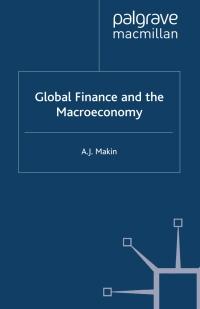Question
Delsing Canning Company is considering an expansion of its facilities. Its current income statement is as follows: Sales $ 5,100,000 Variable costs (50% of sales)
Delsing Canning Company is considering an expansion of its facilities. Its current income statement is as follows:
Sales $ 5,100,000
Variable costs (50% of sales) 2,550,000
Fixed costs 1,810,000
Earnings before interest and taxes (EBIT) $ 740,000
Interest (10% cost) 220,000
Earnings before taxes (EBT) $ 520,000
Tax (35%) 182,000
Earnings after taxes (EAT) $ 338,000
Shares of common stock 210,000
Earnings per share $ 1.61
The company is currently financed with 50 percent debt and 50 percent equity (common stock, par value of $10). In order to expand the facilities, Mr. Delsing estimates a need for $2.1 million in additional financing. His investment banker has laid out three plans for him to consider:
1.Sell $2.1 million of debt at 9 percent.
2.Sell $2.1 million of common stock at $15 per share.
3.Sell $1.05 million of debt at 10 percent and $1.05 million of common stock at $20 per share.
Variable costs are expected to stay at 50 percent of sales, while fixed expenses will increase to $2,310,000 per year. Delsing is not sure how much this expansion will add to sales, but he estimates that sales will rise by $1.05 million per year for the next five years. Delsing is interested in a thorough analysis of his expansion plans and methods of financing.He would like you to analyze the following:
b. The degree of operating leverage before and after expansion. Assume sales of $5.1 million before expansion and $6.1 million after expansion. Use the formula: DOL = (S TVC) / (S TVC FC).
DOL (before expansion)
DOL (after expansion)
c-2. The degree of financial leverage for all three methods after expansion. Assume sales of $6.1 million for this question.
100% Debt DOL =
100% Equity DOL =
50% Debt & 50% Equity DOL =
d. Compute EPS under all three methods of financing the expansion at $6.1 million in sales (first year) and $10.1 million in sales (last year)
100% Debt EPS First Yr =
100% Debt EPS Last Yr =
100% Equity EPS First Yr =
100% Equity EPS Last Yr =
50% Debt & 50% EPS First Yr =
50% Debt & 50% EPS Last Yr =
Step by Step Solution
There are 3 Steps involved in it
Step: 1

Get Instant Access to Expert-Tailored Solutions
See step-by-step solutions with expert insights and AI powered tools for academic success
Step: 2

Step: 3

Ace Your Homework with AI
Get the answers you need in no time with our AI-driven, step-by-step assistance
Get Started


